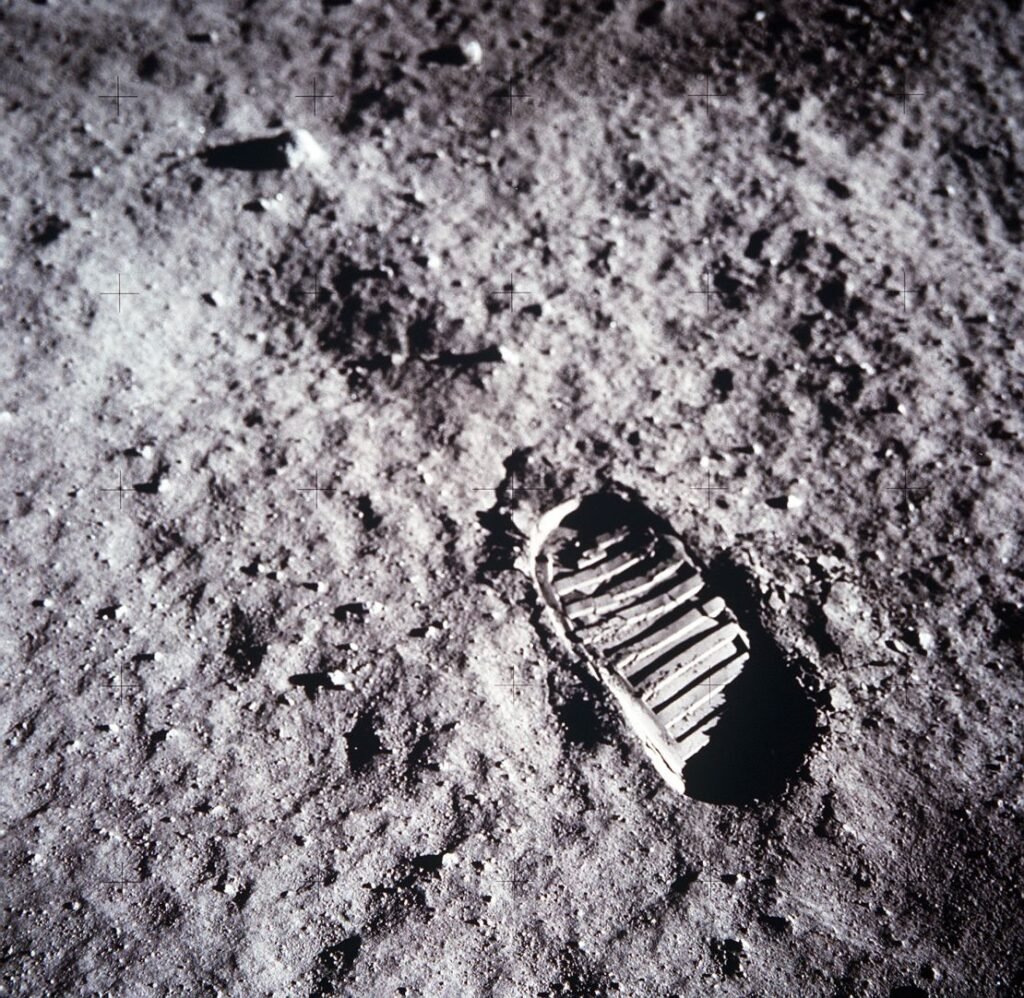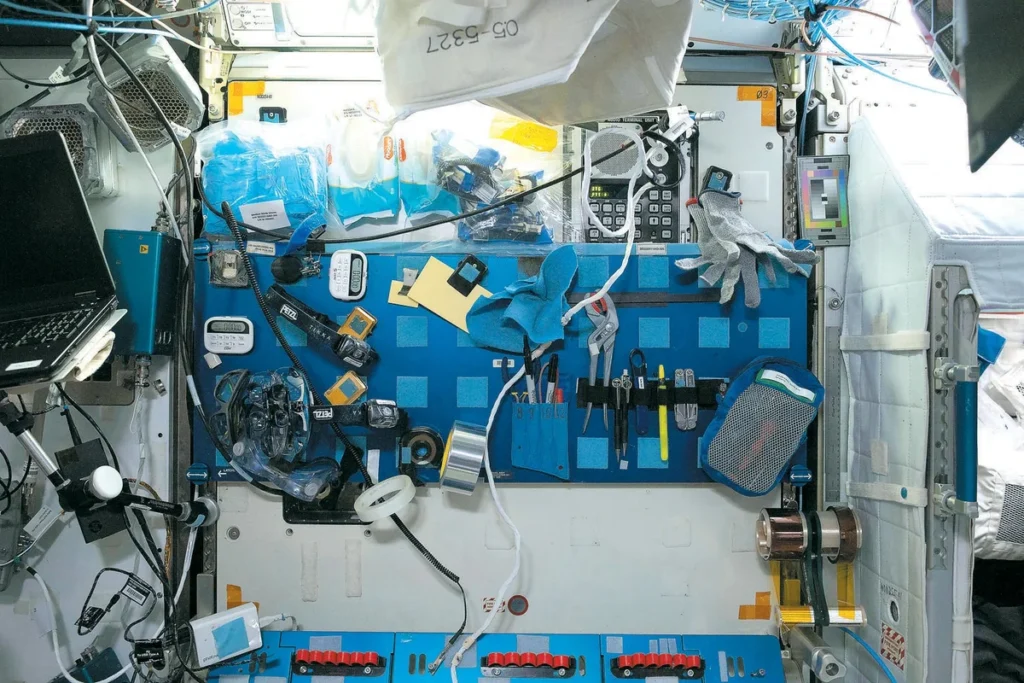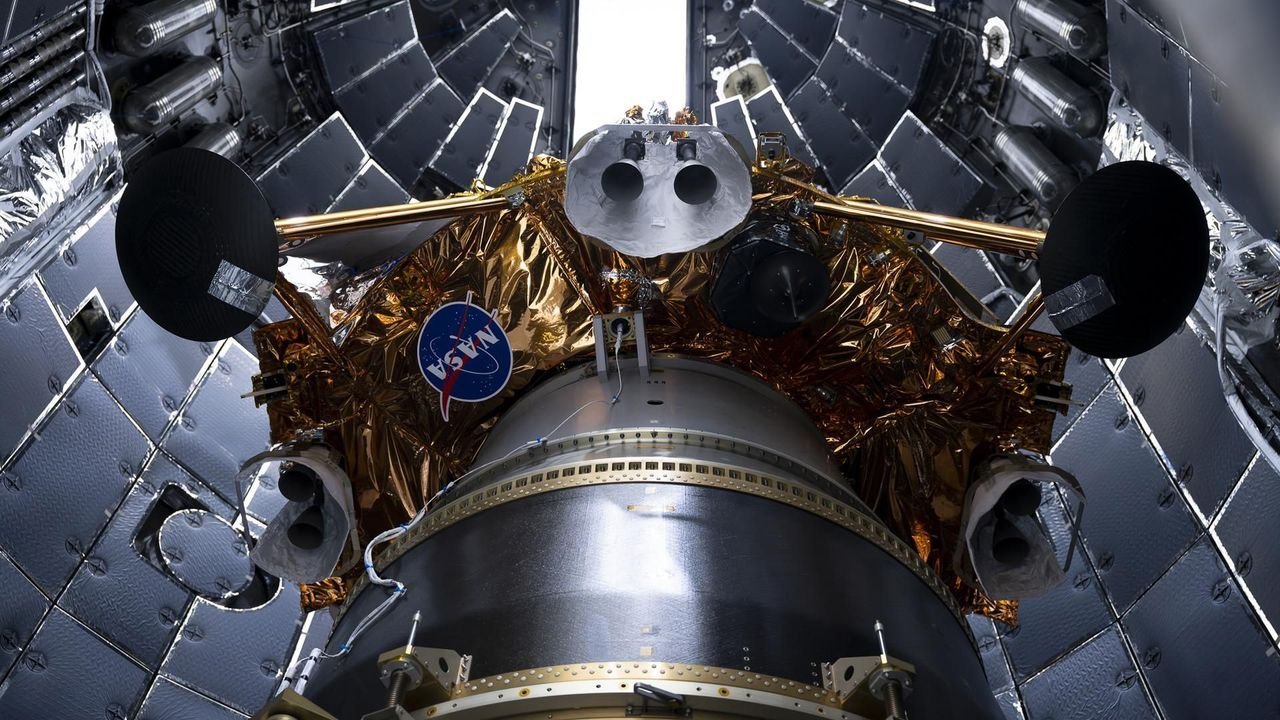Saving Space History: The Urgent Mission of Preserving Space Heritage

Humanity has explored space for less than a century, yet much of our cosmic legacy is already under threat. A new wave of researchers, known as space archaeologists, are leading efforts aimed at preserving space heritage—protecting vital artefacts both in orbit and on Earth for future generations.
As space becomes increasingly commercialized, cultural and historical remnants from past missions face destruction, abandonment, or neglect. Whether it’s Apollo 11’s lunar module or the aging International Space Station, political agendas, private enterprise, and time itself endanger these irreplaceable pieces of space history.
Why Safeguarding Our Cosmic Legacy and Preserving Space Heritage Matter
Ancient monuments like Stonehenge show us the value of artefacts. Similarly, footprints on the Moon or tools on the ISS hold deep cultural and scientific meaning. These objects mark human achievements and honor those who gave their lives for space exploration.
Beyond commemoration, space archaeology provides insight into how humans adapt to extraterrestrial environments. Studying astronauts’ tools and living spaces helps researchers improve spacecraft designs. This work supports better long missions and future plans for living on other planets.
The Moon on a Watch List: A Global Wake-Up Call to Preserve Space Heritage
On January 15, 2025, the World Monuments Fund made history by adding the Moon’s Apollo 11 landing site to its Watch List of endangered cultural sites. This marked the first time an off-Earth location was recognized, highlighting the urgent need to protect space heritage.

Ironically, on the same day, Firefly Aerospace’s Blue Ghost lunar lander launched to support commercial lunar exploration. While this represents technological progress, it also raised concerns about the impact of future missions on historic lunar sites.
Tranquillity Base: The Heart of Lunar Legacy
Space archaeologist Beth O’Leary and her team launched the Lunar Legacy Project in 2000, aiming to treat the Moon like an archaeological site. They identified more than 100 artefacts at Tranquillity Base, including astronaut footprints, discarded tools, and even commemorative items like cosmonaut medals left by Apollo 11 crew members.
“We chose Tranquillity Base because it symbolized the first human landing on another celestial body,” said O’Leary. “Its historical significance is comparable to Earth’s most revered heritage sites.”
Archaeology in Zero Gravity: The ISS Archaeological Project
Space archaeologists explore far beyond lunar soil. In 2022, astronaut Kayla Barron conducted the first archaeological study in zero gravity aboard the ISS. Her work helped establish how astronauts use shared spaces, revealing cultural behaviors in space similar to those on Earth.

Led by researchers Justin Walsh and Alice Gorman, the International Space Station Archaeological Project (Issap) has been pivotal in proving that preserving space heritage also includes understanding how people live and interact aboard spacecraft.
Future-Proofing the Past: What Comes Next?
Experts now propose establishing “museum orbits”—special zones where we can safely preserve historically significant satellites like Vanguard 1. There’s even talk of returning important artefacts to Earth for physical exhibition in museums.
The creation of the Icomos International Scientific Committee on Aerospace Heritage (ISCoAH) in 2023 and the Moon’s inclusion in the World Monuments Fund Watch List are major milestones. But experts warn time is running out.
According to Alice Gorman, “The window to influence global space policy is closing fast. If we want to protect our history in space, action must be taken now.”
Earth-Based Guardians of Space Legacy
At Cape Canaveral, cultural resources manager Thomas Penders balances preservation with the needs of the growing private space sector. Historical sites like Hangar S, the birthplace of Project Mercury, are now being integrated into modern launch operations with respect to their historical value.

New archaeological finds continue to emerge—even old missile parts from the early space race era are being uncovered. These discoveries show that preserving heritage doesn’t just mean protecting the stars—it includes safeguarding Earth-based sites that launched humanity into space.
Preserving the Story of the Stars
From lunar artefacts to zero-gravity studies, the field of space archaeology is rewriting what it means to protect the past. As private companies push ahead in the race to colonize space, a dedicated group of researchers is working hard to ensure we don’t lose sight of our origins. They strive to preserve the historic artefacts and sites that tell the story of humanity’s journey beyond Earth.
The mission to preserve space heritage is not just a scientific endeavor—it’s a cultural imperative.




